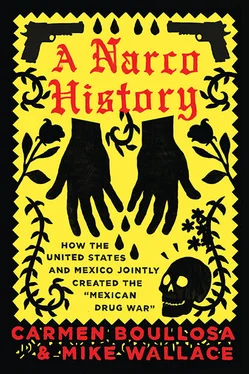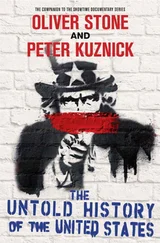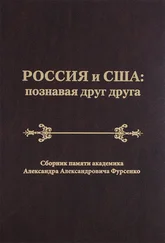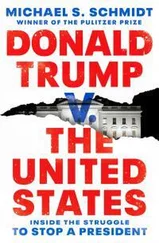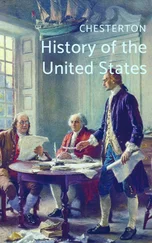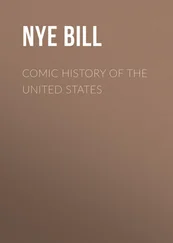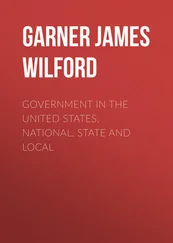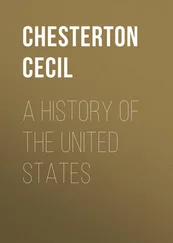All these in flight from the blocked column of buses were profoundly fortunate compared to another of their colleagues, Julio César Mondragón, known as “El Chilango,” meaning he came from Mexico City, an unusual home town for an Ayotzinapan. Sometime during that dark night he was captured by persons unknown. They tortured him, gouged out his eyes, ripped the skin from his face, then shot and killed him and dumped his body in the street. 2



In the meantime, the lone bus that had gone off on its own suffered the same fate as the ambushed trio. Intercepted just before reaching the highway and making their escape, they were surrounded by police, who began shooting at them. Some of the students shouted out they were not criminals, but students, thinking perhaps they’d been misidentified, to which the police responded, “We don’t give a fuck!” Others gathered rocks to throw, but with the arrival of more patrol cars, they broke and ran. Some escaped, two were killed, several were wounded, and around ten of them were captured and bundled into police cars.
At roughly the same time, in a quite different part of the city, another bus, also full of youngsters, was shot up by the police, thinking they were Ayotzinapans. They were in fact soccer players from Chilpancingo, in town to play against Iguala, and having won their match, were on their way home to celebrate. Two aboard the bus were killed (the chauffeur and one of the passengers) and several were wounded. The police, realizing their mistake, called an ambulance.
At that point the police had killed six and injured twenty-three.



Throughout all this mayhem, Guerrero’s Governor Ángel Aguirre was receiving phone calls from state officials reporting on the shootings in Iguala. It’s not known whether the governor talked with the mayor, but he had talked that day with the mayor’s wife (with whom, people say, he was having an affair; Pineda also appears to have channeled funds into Aguirre’s gubernatorial campaign). In the end, the governor decided against intervening in the police assaults; it was not in his jurisdiction, he would say.
The mayor would claim to have been entirely out of the loop that evening. He allowed as how he had heard that students were disturbing the peace downtown, but insisted he had only ordered the police not to respond to their “provocations.” While the bus shootings were happening, Abarca argued, he could not have been involved, as his wife’s post-event party was in full swing: “I was dancing,” he said, and even reeled off the ditties he and his wife had danced to. After which he had gone home and slept soundly. In fact he and Pineda were on the case throughout the night, with ten calls registered from his cell phone and twenty-five from hers, the last of which was placed at 3:00 a.m.
Also burning up the wires that evening was Gildardo “El Cabo Gil” López, the number two man in the Guerreros Unidos, whose particular remit was as liaison with the Iguala and Cocula police departments. El Cabo Gil arranged for the captured students to be sent to his home in Loma del Coyote, a village west of Iguala on the road to Cocula. He in turn contacted his superior, Sidronio Casarrubias Salgado, the reigning boss of the Guerreros Unidos. The message he texted said that “Los Rojos are attacking us!”—adding yet another layer of complexity to the swirling events of the evening. El Cabo Gil was perhaps especially sensitive to possible incursions by Los Rojos, his father having been killed by the rival gang, but it’s hard to see how he could have come by that notion in this instance, given that the police with whom he was in touch were under no such delusion. In any event, Casarrubias returned a BlackBerry message: “Stop them, at any cost.”
At this point, control of the operation was transferred to the gangsters. The police departments delivered two groups of students, some thirty that had been captured at the caravan, another ten who had been rounded up at the second confrontation site, and then departed. The students were tied up with rope or wire, and packed into two pick-up trucks, a Nissan Estaquita and a 3.5-ton Ford. Most were piled on top of one another in the Ford; the five who didn´t fit were laid out in the Nissan. Then the trucks, flanked by a sixteen-man motorcycle escort, headed toward Cocula, then branched off on a bumpy dirt road that led to a garbage dump, arriving between 12:30 and 1:00 a.m. It was drizzling — no more than seven millimeters accumulated during the night — and it was dark, the only lights being those of the trucks and motorcycles.
The sixteen gangsters dragged the students from the trucks onto the ground near the edge of a ravine. Roughly fifteen of them had died en route, apparently from asphyxiation. Roughly thirty were still alive, crying and screaming. These were then, according to one of the confessed perpetrators, “interrogated.” The Guerreros claimed they demanded to know if the students had a Los Rojos connection, which they of course denied, until under beatings and torture one cracked and “confessed,” after which, around 2:00 a.m., they were shot, one after another. (We do not know if all were killed before the final stage; one can only hope so.)
Then the bodies were heaved down to the bottom of the ravine, where they were stacked, like cordwood, in alternating layers. The resulting tower of bodies was doused in diesel fuel and gasoline, and set on fire. The blaze was kept burning through the night and into the following afternoon of Saturday, September 27, perhaps fifteen hours or so, by feeding the flames with whatever inflammable materials happened to be in the dump — paper, plastic, planks, branches, tires — and with a continuous supply of diesel fuel ferried in by motorcycle. Finally the bodies were reduced to ashes and bits of bone, which were then pulverized. “They’ll never find them,” El Cabo Gil texted to Casarrubias.



Before concluding this narrative, we must note it is being challenged by those who propose a counter narrative which is even more horrible than this one. It argues that the students were in fact captured by the army, taken to the battalion’s barracks, and there killed and burned in the military’s professional grade crematorium. Proponents do not advance a scenario that lays out how this came to happen — presumably it would have involved a transfer not to gangsters but to soldiers — and their hypothesis, as they acknowledge, requires accepting that an elaborate cover-up ensued at the highest levels of government.
This is not inherently implausible. The army has long been at loggerheads with leftists; indeed decades ago they were responsible for the killing of Ayotzinapa guerilla graduate Lucio Cabañas, but only after he had humiliatingly held out against several years of massive military campaigns. More recently, they’ve been accused of using excessive and indiscriminate force against civilians, including torture, and specifically of committing a particular massacre and then altering the crime scene to cover up their culpability. There’s also the question of how a narco municipality managed to exist with an army garrison in town.
Читать дальше
